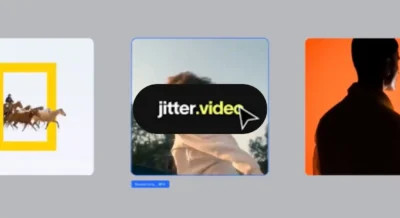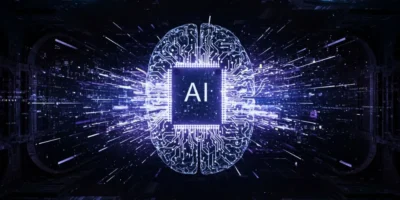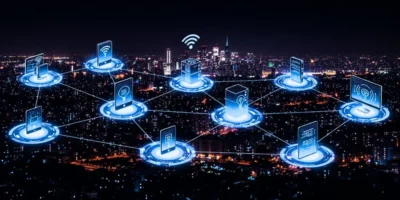Currently, we think of artificial intelligence as a special feature you add to software, such as a smart chatbot on a website or a recommendation engine on Netflix. We view software as a rigid set of rules and AI as the more flexible and intuitive aspect. But this is just a temporary phase. Soon, AI won’t be a special ingredient we add to software. It will be the software itself. The distinction between the two is becoming increasingly blurred.
From Rigid Rules to Smart Suggestions
For decades, software has followed strict commands. You click a button, and it performs a specific, pre-programmed action. It’s predictable but dumb. The future isn’t about clicking buttons; it’s about accomplishing things. Imagine a word processor that doesn’t just check your spelling but suggests a better way to phrase a whole paragraph to match the tone you want. This software anticipates your needs, rather than just waiting for your next click.
Software That Learns You
Today, we customize our applications through settings menus, manually instructing them on how we want them to behave. The software of the future will watch and learn. It will notice your habits and adapt automatically. A project management tool will learn which team members you usually assign certain tasks to and will start suggesting them. An email client will learn which senders are truly important to you and will highlight those messages without requiring you to create a filter.
Fixing Itself Before It Breaks
One of the most exciting aspects of this merger is the idea of self-healing software. Currently, when software has a bug, a human developer must locate and fix it. Imagine software with a built-in immune system. An AI layer could constantly monitor the application’s performance, detect strange patterns that might lead to a crash, and even attempt to fix the problem on its own before you ever notice anything is wrong.
The End of the Blank Page
Most of our apps greet us with an intimidating blank screen—a new document, a new spreadsheet, a new design canvas. The next generation of software won’t wait for you to start. It will ask, “What are you trying to accomplish?” Based on your answer, it will generate a first draft, a basic layout, or a project plan. It will become a partner in creation, not just a passive tool.
Conclusion
The line between AI and software is already blurring, and it will soon be completely gone. We will stop referring to “software with AI” and simply call it software, with the expectation that it will be intelligent, adaptive, and predictive by default. This isn’t science fiction; it’s the next logical step. We are moving toward a world where every application we use is an active partner, helping us achieve our goals more intuitively than ever before.













